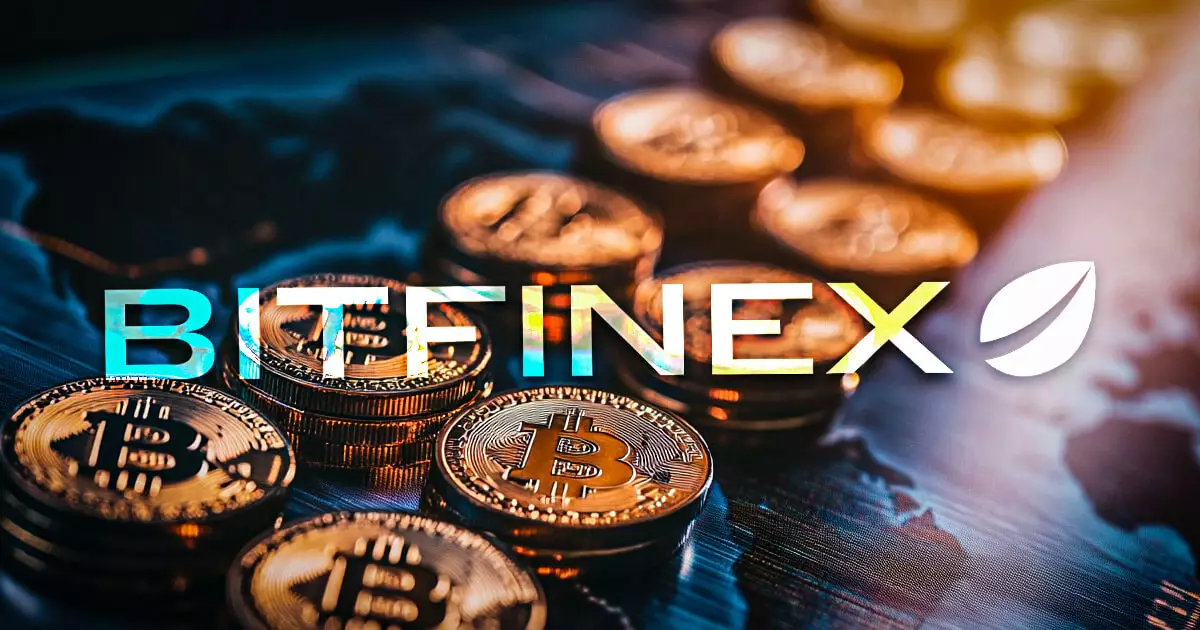On October 9, 2024, a significant ruling was made regarding the infamous 2016 Bitfinex hack, during which approximately 120,000 Bitcoin (BTC) were stolen from the cryptocurrency exchange. The U.S. government decided to return 94,000 BTC, previously seized in connection with the case, back to Bitfinex. This marked a pivotal moment in the aftermath of one of the largest hacks in cryptocurrency history. The decision underscored the legal complexities surrounding the case and highlighted the challenges of identifying victims in such technologically sophisticated crimes.
One of the key issues that emerged from the government’s decision was the assertion that there was no victim for the specific offenses leading to the convictions of Ilya Lichtenstein and Heather Morgan, the couple involved in laundering the stolen funds. This conclusion permitted the return of assets directly related to the original offense. The legal determination that only Bitfinex could be considered a victim significantly streamlined the restitution process, raising questions about the broader implications for future cryptocurrency crimes.
While the decision to return a substantial portion of the seized BTC was clear, aspects of the ongoing forfeiture proceedings remained more complicated. As other seized assets continued to be reviewed and potentially forfeited, the government indicated an interest in identifying additional victims from the broader scam. However, despite efforts to solicit claims from potential victims, no one came forward, reinforcing the notion that the unique nature of crypto crimes presents distinct challenges for victim identification and restitution.
The couples’ involvement in the laundering of nearly 120,000 BTC culminated in guilty pleas this past August, leading to significant legal consequences. The government’s pursuit of justice resulted in Lichtenstein being sentenced to a five-year prison term, while Morgan received an 18-month sentence. Their plea agreements not only underscored their direct involvement in the manipulation of stolen assets but also highlighted the severe repercussions of cryptocurrency crime, especially in an era where digital currencies are becoming more mainstream.
The ramifications of the ruling extend beyond the punitive measures against the offenders; they also impact Bitfinex’s operational protocols. Following the hack and the subsequent issues, the exchange had initiated a compensation method through BFX tokens, which provided a form of restitution to its users. The return of the 94,000 BTC represents a different chapter, presenting opportunities for Bitfinex to stabilize its platform and enhance user confidence.
In a structural response, Bitfinex plans to allocate a portion of redeemed assets to UNUS SED LEO token holders, indicating a strategic move towards bolstering its ecosystem. These developments signal potential pathways for recovery and restitution in the cryptocurrency sector, setting precedents for how similar cases might be handled in the future.
The Bitfinex hack’s aftermath serves as a critical case study for the cryptocurrency community, illustrating the challenges faced by law enforcement in prosecuting cyber crimes and enforcing restitution. As digital currencies continue to evolve, the importance of robust security measures and regulatory clarity cannot be overstated. The resolution of this case delivers valuable insights not only for cryptocurrencies but also for the broader landscape of financial security.



















Leave a Reply